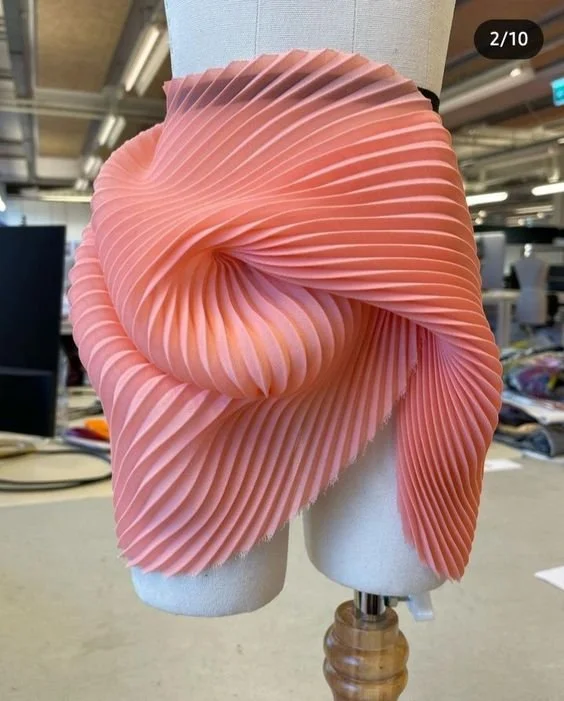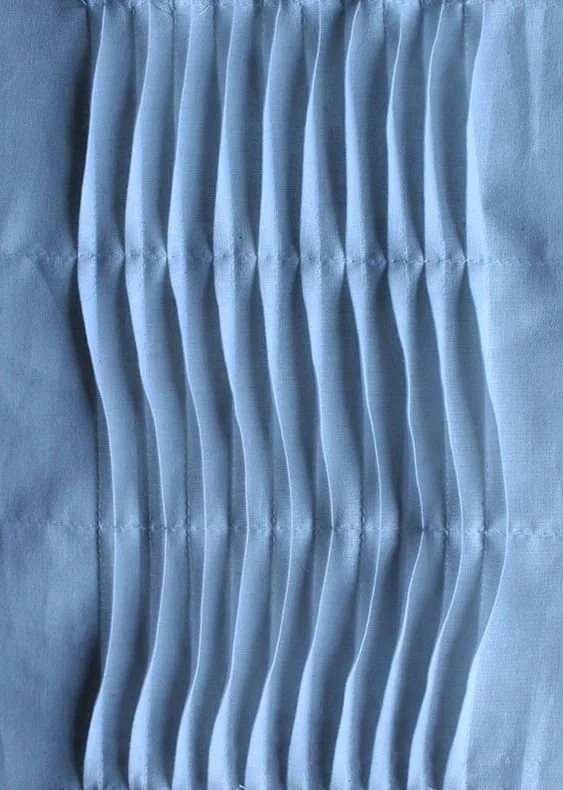101: Understanding Fabrics, Weaves, and Textile Production
Textiles are an integral part of our everyday lives, encompassing a vast array of materials used in clothing, furnishings, and industrial applications. Understanding the basics of textiles, including their composition, structure, and production methods, is essential for anyone interested in fashion, design, or textiles themselves. In this article, we delve into Textile 101, providing an overview of fabrics, weaves, and the processes involved in textile production.
Fabrics are composed of fibers, which can be natural, synthetic, or a blend of both. Natural fibers, such as cotton, wool, silk, and linen, are derived from plants or animals and offer breathability, comfort, and durability. Synthetic fibers, such as polyester, nylon, and acrylic, are man-made and often prized for their strength, resilience, and versatility. Blended fabrics combine both natural and synthetic fibers to enhance specific properties, such as moisture-wicking, stretch, or warmth.
Weaves and Textile Structures
The weave structure of a fabric refers to the pattern in which the warp (lengthwise) and weft (crosswise) yarns are interlaced. Common weave structures include plain weave, twill weave, and satin weave, each offering distinct characteristics in terms of appearance, texture, and performance. Jacquard and dobby weaves involve more complex patterns and designs, allowing for intricate motifs and textures to be created within the fabric. Understanding weave structures is crucial for selecting fabrics suitable for different applications and design purposes.
Textile Production Processes
Textile production encompasses a series of processes that transform raw fibers into finished fabrics ready for use. These processes include spinning, weaving or knitting, dyeing or printing, and finishing. Spinning involves twisting fibers together to form yarns, which are then woven or knitted into fabrics. Dyeing and printing add color and pattern to the fabric, while finishing treatments, such as washing, sizing, and pressing, enhance the fabric's appearance, texture, and performance.
Textiles can be categorized into various types based on their composition, structure, and intended use. Common types of textiles include:
Apparel Fabrics: Used in clothing and accessories, apparel fabrics come in a wide range of materials, colors, and patterns to suit different fashion styles and preferences.
Home Furnishing Fabrics: Designed for use in home decor, upholstery, and furnishings, home furnishing fabrics encompass materials such as drapery, upholstery, and bedding fabrics, which offer durability, comfort, and aesthetic appeal.
Technical Textiles: Also known as industrial textiles, technical textiles are engineered for specific functional properties, such as strength, flame resistance, waterproofing, or insulation. Examples include automotive textiles, medical textiles, and protective clothing fabrics.
Understanding the fundamentals of textiles, including fabrics, weaves, and textile production processes, provides a solid foundation for anyone interested in fashion, design, or textiles as a field of study or practice. By gaining insight into the composition, structure, and properties of textiles, individuals can make informed decisions when selecting fabrics for various applications, whether in clothing, furnishings, or industrial uses. Textile 101 serves as a starting point for exploring the rich and diverse world of textiles and the vital role they play in our everyday lives.




